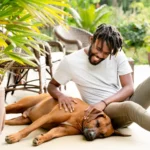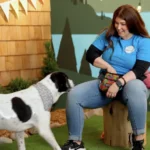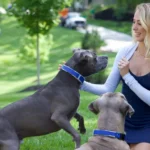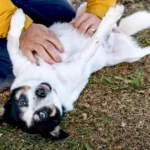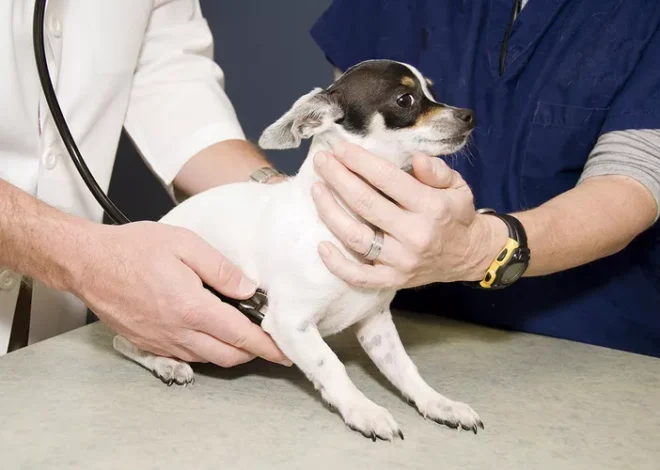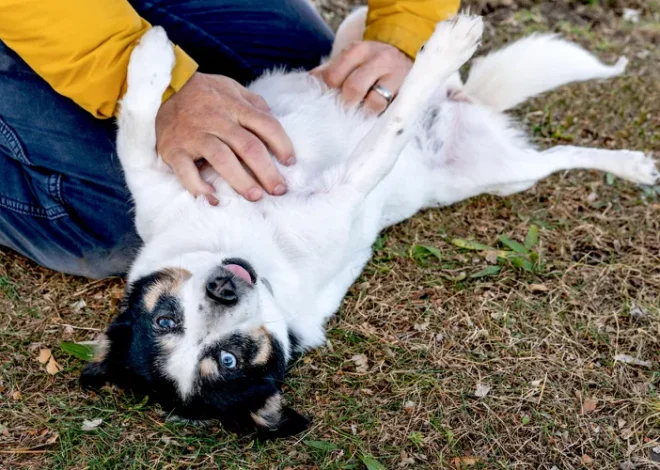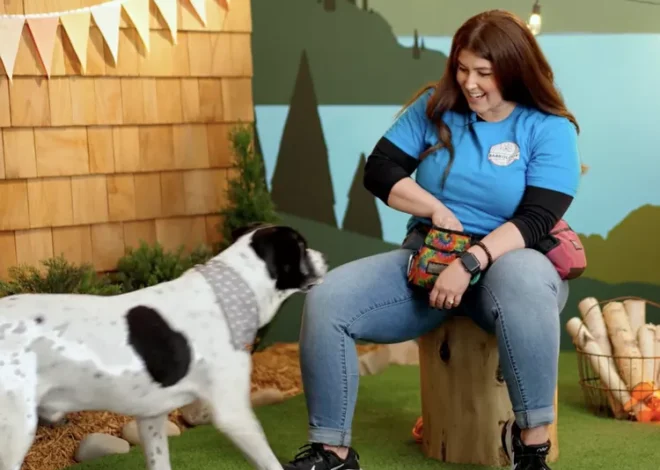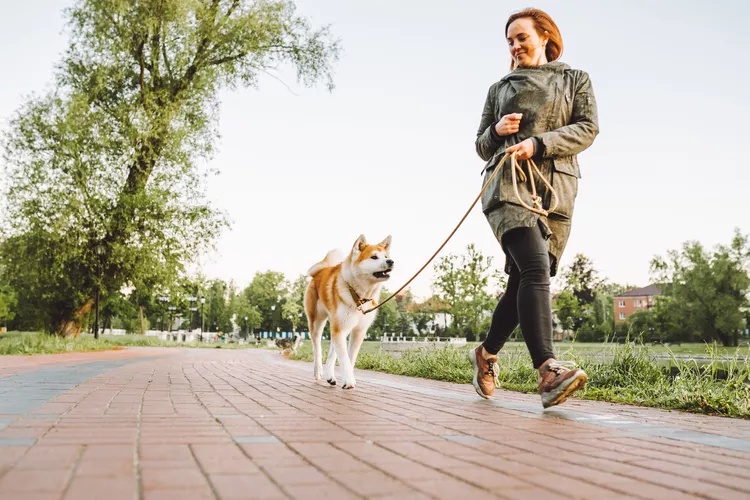
How to Handle Your Dog Around People With Dog Phobias

Dogs are beloved companions, but not everyone feels the same way about them. Around 1 in 3 adults with animal-related phobias experience cynophobia—an intense fear of dogs. As a responsible pet owner, it’s essential to ensure your dog is well-behaved, especially when encountering someone who may be afraid. Here’s how you can handle such situations with care and consideration.
Practice Good Public Etiquette
- Keep Your Dog Leashed
Always use a sturdy, non-retractable leash when in public. Even if your dog is well-trained, an unleashed or uncontrolled dog can make others uneasy. Retractable leashes, while popular, often fail to offer proper control and can cause stress for everyone involved. Instead, opt for a standard leash or a long lead if your dog needs more freedom. - Respect Boundaries
Never assume everyone wants to interact with your dog. While your pet might be friendly and eager to socialize, it’s best to let others decide if they’re comfortable meeting your dog. Always seek consent before allowing your dog to approach a person or another pet. - Use Obedience Commands
When encountering someone who appears afraid, redirect your dog’s focus with basic cues like “sit” or “watch me.” If your dog hasn’t mastered these commands, consider taking a different route to avoid unnecessary stress for all parties. - Reward Good Behavior
Carry training treats to reinforce your dog’s appropriate actions in public settings. Public areas offer excellent opportunities to practice commands like “leave it” or “sit and stay,” which can be invaluable during encounters with strangers.
Why People Fear Dogs
Understanding why someone may fear dogs is key to responding empathetically.
- Trauma: Some individuals have post-traumatic responses due to past dog attacks.
- Sensory Sensitivities: Autistic individuals or those with sensory differences may find a dog’s energy overwhelming.
- Personal Preference: Not everyone is comfortable around dogs, regardless of their history.
Fearful individuals are not disrespecting your dog or you. A calm, controlled dog can help them feel more comfortable sharing the same space, even if their fear doesn’t disappear entirely.
Final Thoughts
As a dog owner, it’s your responsibility to ensure your pet behaves respectfully, especially around people with cynophobia. By practicing good public etiquette, respecting boundaries, and understanding others’ perspectives, you can foster harmony and make public spaces enjoyable for everyone.
Read Also:
For more insightful articles on pet care and responsibility, visit Positive Things.

